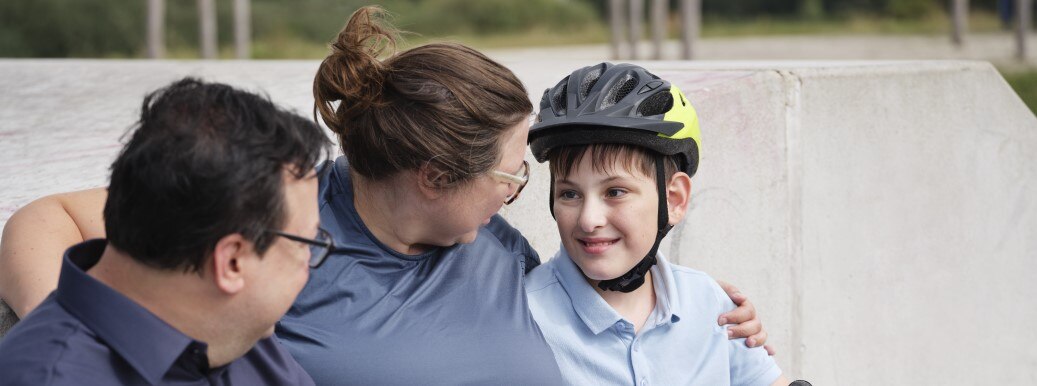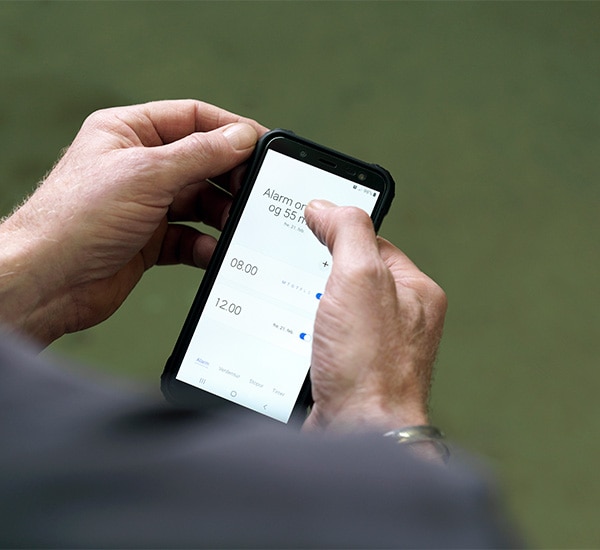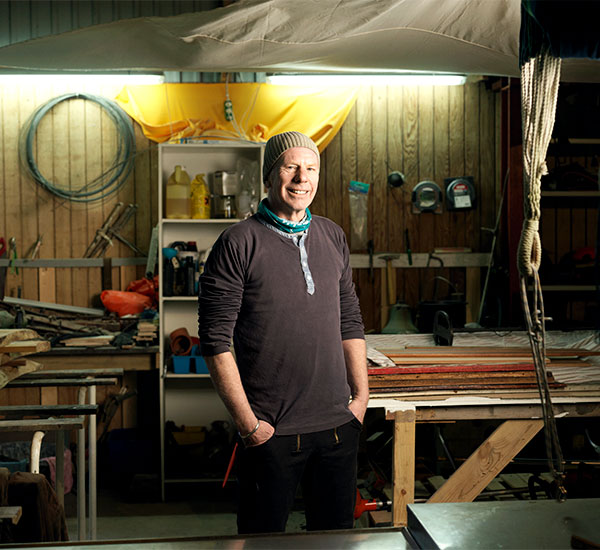This article delves into their journey, exploring what intermittent catheterisation has done for Franz and their family. Hear from his parents how they have coped with worries about UTIs and have worked as a family to maintain a "normal" life – integrating IC into Franz’s everyday.
Why does Franz need to use catheters?
Franz is an active 11-year-old who loves football and video games. A normal day for him is to wake up early, go to school, then after – play a little on his computer. In the evenings, he does his homework and goes to bed.
However, Franz also lives with spina bifida. Franz’s mother, Katharina, explains that a result of this condition, Franz’s bladder is overactive, so they use medication to calm it down. However, this in turn, also means that Franz is unable to empty his bladder effectively on his own. A catheter is needed.
Initial challenges and solutions
Franz started on catheters from a very young age. It required an initial phase of learning and adapting that required effort from both Franz and his parents.
Katharina recalls:
"For Franz, learning to catheterise was a bit of a struggle in the beginning, but then adapting to it actually went really quickly"

Thinking about when to catheterise:
It is usually expected that someone with catheters uses them 4-6 times per day to help fully empty their bladder.1 For Franz, this meant, together with his parents, looking at his daily schedule and working out when and where he would be able to use them. He finds it easy to manage his routine between the school breaks, and it is the same for his hobbies, such as football. There are often pauses where he is able to go and catheterise.
Concerns about UTIs
As a parent, it is important to be aware of urinary tract infections (UTIs) if your child self-catheterises. A UTI is an infection in any part of the urinary system, and may be caused by bacteria entering the urinary tract. To minimise the risk of UTIs, it is very important to teach your child how to handle the catheter correctly, so bacteria is not introduced to their body when using the products.2
"When Franz was younger, UTIs as a result of handling was a big problem. He had 25 UTIs a year. It was a never-ending cycle"
It is also very important to choose the right catheter together with your child, to help minimise the risk of UTIs.2 Franz has used different catheters over the years, and he now uses LujaTM male catheters, with the support of his parents.
“It’s so reassuring for me that Franz can touch the catheter anywhere because of the sleeve, without increasing the risk of a bladder infection”
“With Luja, the risk of UTIs as a result of handling is considerably smaller”
Complete bladder emptying is also key whenever your child uses a catheter. If urine is left in your child’s bladder for too long, this can result in bacteria multiplying in the bladder, and possibly lead to a UTI.2,3 Franz’s parents therefore use the Luja catheter as it ensures complete bladder emptying in one go4, so they have less worry about Franz’ catheterisation routine.
“As a mother, it reassures me that Franz's bladder is completely emptied with Luja, as it lowers his risk of a getting a UTI”

“A big plus for me is that I can be sure that Franz’ bladder has fully emptied with Luja”
The Luja catheter's design, with its micro-holes, ensures complete bladder emptying in one go, reducing the risk of UTIs2,4 while making the emptying process faster and simpler.4,5
Living a "Normal" Life
Despite having to think Franz’ catheterisation routine into their everyday, the Kagermeier family has managed to maintain a sense of normality. Using the Luja catheter, Franz is able to go about his everyday life and participate in his favourite activities without significant interruptions:
“Because Luja empties his bladder faster, Franz can get back to playing football with his friends quicker”
Luja can empty Franz's bladder quicker than conventional eyelet catheters5, which means it is not a problem if he excuses himself for a short while. His parents even note that others need to go to the toilet for longer than Franz with the catheter.
“With Luja, Franz has more time for other things than catheterising”
The Kagermeier family's story is a testament to resilience and adaptability. Through their journey with IC, they have found solutions that work for Franz and enable him to live his life to the fullest. Their experience offers hope and inspiration to other families facing similar challenges.
Read more personal tips from the Kagermeiers for other parents facing the prospect of navigating intermittent catheterisation with their child.
- Lauridsen SV, Chagani S, Daniels A, et al. Evidence-based Guidelines for Best Practice in Urological Health Care. Urethral intermittent catheterisation in adults. European Association of Urology Nurses. 2024.
- Kennelly M, Thiruchelvam N, Averbeck MA, et al. Adult Neurogenic Lower Urinary Tract Dysfunction and Intermittent Catheterisation in a Community Setting: Risk Factors Model for Urinary Tract Infections. Adv Urol. 2019;2019:2757862.
- Vasudeva P, Madersbacher H. Factors implicated in pathogenesis of urinary tract infections in neurogenic bladders: some revered, few forgotten, others ignored. Neurourol Urodyn. 2014;33(1):95-100.
- Landauro MH, Jacobsen L, Tentor F, Pedersen T, Rovsing C , Feix do Nascimento O, Kennelly M. New Intermittent Urinary Micro-Hole Zone Catheter Shows Enhanced Performance in Emptying the Bladder: A Randomised, Controlled Crossover Study. J. Clin. Med. 2023, 12, 5266. https://doi.org/10.3390/jcm12165266
- Compared to conventional eyelet catheters. Tested in a pre-clinical setting (ex vivo). Complete bladder emptying is defined as <10 mL



